Top 10 Easy Melt and Pour Soap Recipes for Beginners
Want to try soap making but not sure where to start? Here's a complete guide on melt and pour soap ideas, recipes and tips for a perfect soap making experience!
Lately, it does seem like almost every household has already adopted the fad of melt and pour soaps. Not only are these soaps economical and eco-friendly, but they are also super easy and fun to prepare. It is true that the whole idea of the melt and pour soap making process may feel a little overwhelming initially, especially if you are a beginner. But once you get the hang of it, you'd be coming up with your own soap ideas and recipes! All you have to do is melt a soap base, add in your soap colourants, oils or fragrances, and pour it into a mould and wait. It is only a matter of a few hours before you end up with a brand new soap with excellent benefits for your body.
Moreover, when making melt and pour soaps, you don't have to worry about handling lye, since soap bases already go through the process beforehand. After all, you could safely include your kids in this fun and creative soap making process!
Supplies needed for Melt and Pour soap making process
Before we jump right into our much-anticipated melt and pour soap recipes, let's get ready with some basic soap making supplies crucial for your soap making process.Soap Base
Picking a soap base is one of the first and foremost steps in your melt and pour soap making process. A melt and pour soap base is just a pre-made soap that has no additives in it. You can find a wide range of soap bases depending on their main ingredients. That being said, choosing the right soap base according to your skin's needs is vital to maintain your skin's health. Also, your choice of melt and pour soap base should depend on what kind of melt and pour soap you plan to make.Soap Mould
When choosing soap moulds, make sure that they can resist the hot molten soap base when poured into it. You can get soap moulds in different varieties of shapes and sizes. Also, it'd be best if your soap mould is flexible enough to pop the hardened soap out of it. Plastic and silicone soap moulds are the most commonly used soap moulds for making melt and pour soaps.Soap Colourants and Fragrances
While using soap colourants and fragrances, ensure that they are safe for including in melt and pour soaps. Soap colourants like colour blocks and mica are safe and easy to use in your soaps. When it comes to infusing scents to the soap, adding essential oils that match with the nature and purpose of your soap ingredients would be the best.Soap Making Oils and Butters
One of the best things that melt and pour soaps offer are natural oils and butters that you could include in your soap. You are free to add the best oils and butters that are beneficial for your skin, and these ingredients could help maintain your skin's health. Ingredients like shea butter, mango butter, rosemary oil, hemp oil, rose oil are commonly used in preparing melt and pour soaps.Looking for some inspiration for a headstart on the melt and pour soap making process?
Get started with some of the best melt and pour soap ideas along with their recipes that can transform your household into a more natural and healthy living space!
1. Glycerin Exfoliating Melt and Pour soap
This simple yet great melt and pour soap recipe is a must-try when starting with soap making. Prepared using the Clear soap base, the natural glycerin present in the soap base acts as an ideal exfoliator and cleanser to your skin. You can make this melt and pour soap by including coconut oil, almond oil, or any other carrier oils that help in locking skin’s moisture and tone. If you want your soap with a distinctive look or smell, you could include soap colourants or scents of your choice.
You could also make this soap more effective by adding natural scrubs like oatmeal or coffee grounds. This Glycerin soap would be an ideal choice if you have sensitive skin and has an effective yet gentle cleansing action on the skin.
Supplies required:
- Clear Glycerin soap base - 4 to 8 ounces
- Coconut oil/Olive oil/Almond oil - 2 tbsp
- Distilled water - 2 tbsp
- Oatmeal/Chia seeds/Coffee (optional)
- Soap colourant/fragrance (optional)
- Soap mould
- Rubbing alcohol in a spritz bottle
Recipe:
- Slice the glycerin soap base into uniform cubes for effective and faster melting.
- Melt the cubes in a microwave in a heat-safe container until it completely melts, and stir at regular intervals of 30 seconds to avoid lumps of the soap base.
- After it completely melts, let it sit for a few minutes and start adding the oil, water and any other solid additives like oatmeal or coffee of your choice. Make sure that you mix thoroughly after adding the ingredients until the mixture starts to thicken.
- Spray a little bit of rubbing alcohol to the bottom of the soap mould, before pouring in your soap mixture. This can dissolve the air bubbles that may be formed while pouring the mixture into the mould.
- Now, pour the soap into your mould and wait for it to cool and solidify for about 6 to 8 hours. Unmould your soap after the soap mixture hardens completely, and your melt and pour soap is ready to use.
2. Shea Butter and Rose Melt and Pour soap
Want to make a luxurious and romantic soap for a perfect bath in the tub? Try this amazing soap recipe that combines the most beneficial Shea Butter soap base with the magic of rose oil. And by the way, you don't have to worry about draining your wallets for this one! Blended with a shea butter soap base, rose oil and rosewater are known for providing glowy and smooth skin. You can get done with this recipe by melting and pouring just a handful of ingredients, and you’ll end up with a new, luxurious soap just like that.Supplies required:
- Shea Butter soap base - 1/2 cup
- Rose oil - 10 drops
- Rosewater - 2 tbsp
- Soap mould
- Soap colourant/fragrance (optional)
- Rubbing alcohol in a spritz bottle
Recipe:
- Cut the shea butter soap base into smaller pieces for effective and faster melting. Melt the soap base in a microwave in a heat-safe container until it melts completely, and stir at regular intervals of 30 seconds to ensure that the mixture gets melted fully.
- After the soap base is melt entirely, add rose oil and rosewater in the required quantities to the mixture. Continue stirring the molten blend till it appears thicker.
- Spray a little bit of rubbing alcohol to the bottom of the soap mould, before pouring in your soap mixture. This can dissolve the air bubbles that may be formed while pouring the mixture into the mould
- Pour the soap mixture into a mould and set it aside for about 6 to 8 hours while it cools down.
- You may pop the hardened soap from its mould after ensuring its solidification. Your Shea Butter and Rose soap is ready to use!
3. Milk Honey Melt and Pour soap
The Milk and Honey melt and pour soap is a simple yet great choice to start with the soap making process. Honey, combined with the Goat Milk soap base, provides the skin with extra nourishment and hydration, making it a good choice for treating sensitive skin.
Honey is known for its intense moisturization and anti-bacterial properties on the skin, maintaining the skin’s structure and preventing signs of ageing. You could also add natural butters like mango butter for treating your skin with vitamins and proteins that improve the health of your skin.
Supplies required:
- Goat Milk soap base - 1 lb
- Honey (preferably organic) - 3 tbsp
- Yellow soap colourant (optional)
- Soap mould
- Rubbing alcohol in a spritz bottle
Recipe:
- Slice the goat milk soap base into uniform cubes for effective and faster melting.
- Melt the cubes in a microwave in a heat-safe container until it completely melts, and stir at regular intervals of 30 seconds to avoid lumps of the base.
- After the soap base is fully melt, add three tablespoons of honey and a few drops of the colourant to the mixture while stirring the molten blend till it thickens.
- Spray a little bit of rubbing alcohol to the bottom of the soap mould, before pouring in your soap mixture. This can dissolve the air bubbles that may be formed while pouring the mixture into the mould
- Pour the soap into your mould and wait for it to cool and solidify for about 6 hours. Unmould your soap after the soap mixture hardens completely, and wrap it in brown paper if you want. And voila! Your Milk and Honey soap is ready to use!
4. Rosemary Vanilla Melt and Pour soap
Who doesn't love a nice, relaxing bath with a natural vanilla-scented soap infused with rosemary? Prepare your very own Rosemary Vanilla soap using Goat Milk soap base combined with rosemary oil and vanilla extract along with a tinge of dried rosemary.
Rosemary is popular for its benefits on skin and hair, and it is known to have the magical property to lighten up your mood instantly! Apart from rosemary, vanilla extract is rich in antioxidants that help to reduce inflammation of the skin. You could easily make this melt and pour soap, along with some soap colourants and scents to add something extra.
Supplies required:
- Goat Milk soap base - 1/2 lb
- Rosemary oil - 10 drops
- Dried rosemary - 2 tbsp
- Vanilla extract - 1 tbsp
- Soap mould
- Soap colourant (optional)
- Rubbing alcohol in a spritz bottle
Recipe:
- Chop the dried rosemary into fine shreds and set it aside.
- Reduce the goat milk soap base into little cubes of almost equal sizes, and melt them in a microwave in a heat-safe container. Stir the melt after every 15 to 30 seconds so that the base melts completely.
- After melting the soap base, add the vanilla extract and rosemary oil to the molten soap base and stir vigorously till the mixture appears thicker.
- Before pouring into the soap mould, spray some rubbing alcohol to the bottom of the mould to avoid air bubbles while filling the soap mould with the mixture.
- Add the chopped rosemary to the bottom of the mould, and the soap mixture is poured into the mould. You can spray rubbing alcohol on top of the soap mixture in the mould to avoid bubbles on the surface as well.
- Wait for about 6 hours till the soap solidifies completely. After it hardens, gently unmould the soap, which is now ready for use. You could also store it using brown paper or in an air-tight container.
5. Lemon Honey Melt and Pour soap
This melt and pour soap fuses the benefits of lemon and honey which are perfect for a refreshing and soothing bath after a long day at work! Both lemon and honey are granaries of Vitamin C and acids that build and nourish the skin immensely. This Lemon Honey soap recipe is super easy to follow with only a handful of ingredients like lemon oil, glycerin soap base, and of course, lemon and honey! You could also add soap colourants and fragrances that instill a fresh and natural ambience to your soap.Supplies required:
- Glycerin soap base - 1/2 lb
- Lemon essential oil - 5 to 10 drops
- Lemon zest from 1/2 lemon
- Honey (preferably organic) - 1/2 cup
- Soap colourant (optional)
- Soap mould
- Rubbing alcohol in a spritz bottle
Recipe:
- Start off by sprinkling the lemon zest onto the bottom of your soap mould. Keep in mind that the base of your soap mould would be the top of your melt and pour soap bar that you are preparing.
- Slice the Glycerin soap base into little cubes and melt it in a microwave by regular stirring at 30-second intervals.
- After the soap base is fully melted, add your honey and lemon essential oil to the soap base (you may also add a few drops of yellow or orange colourants for a more natural look). Stir the soap base mixture thoroughly till the mixture thickens.
- Spray some rubbing alcohol to the bottom of the mould to avoid air bubbles while filling the soap mould. Now, pour the mixture into the soap mould over the sprinkled lemon zest and wait for about 6 hours to cool down and harden.
- Pop the solid soap out of the mould after it completely hardens. Enjoy your natural and refreshing Lemon Honey soap!
6. Lavender and Rosemary Melt and Pour soap
Make your melt and pour soap with the most favoured and beneficial natural ingredients in skincare - lavender and rosemary! This combination of lavender and rosemary is the ultimate combo when it comes to melt and pour soaps.
Lavender is already popular for its benefits on the skin and the whole body - it helps with anxiety, sleeplessness, menstrual cramps in women and muscle pain. Rosemary is yet another excellent ingredient commonly used in skincare products with its extraordinary antibacterial and analgesic properties. This recipe includes a combination of lavender and rosemary oils with Goat Milk soap base and a pinch of dried lavender and rosemary.
Supplies required:
- Goat Milk soap base - 1/2 lb
- Lavender oil - 10 drops
- Rosemary oil - 10 drops
- Dried lavender - 2 tbsp
- Dried rosemary - 2 tbsp
- Soap colourant (optional)
- Soap mould
- Rubbing alcohol in a spritz bottle
Recipe:
- Sprinkle some of the dried rosemary and lavender mixture on the bottom of your soap mould. Remember that whatever you add to the bottom of the soap mould would turn out to be the top of your melt and pour soap.
- Cut the soap base into uniform cubes and melt it in a microwave with regular stirring at 30-second intervals. Make sure that the heat is not too high as it may burn the soap base.
- After the soap base has completely melted, add the lavender essential oil and rosemary oil to the molten soap base, and stir the mixture thoroughly till the soap mixture thickens.
- Spray the rubbing alcohol to the bottom of your soap mould to avoid the formation of air bubbles while pouring the soap mixture.
- Pour the soap mixture into the mould and spray the rubbing alcohol on top of the soap mixture to avoid bubbles on the surface. Wait for a few hours till the soap cools down and solidifies.
- Unmould your soap after ensuring that it has cooled down completely. Your Lavender and Rosemary Melt and Pour soap is ready to use!
7. Hemp Oil Melt and Pour soap
If you are looking forward to preparing a herbal soap with rich medicinal benefits, then this is the soap for you! This Hemp Oil (CBD Oil) soap can transform your entire body health by relieving body pain, improving body functions, helps with skin inflammation and anxiety. This Hemp Oil Melt and Pour soap recipe involves Honey soap base infused with hemp oil and Calendula (marigold) petals. Calendula petals, derived from the marigold plant, have a lot of medicinal and healing benefits on the skin.Supplies required:
- Honey soap base - 1 lb
- Hemp oil - 1 tbsp
- Calendula petals (optional)
- Soap colourant (optional)
- Soap mould
- Rubbing alcohol in a spritz bottle
Recipe:
- Slice the honey soap base into little cubes of almost equal sizes, and melt them in a microwave in a heat-safe container. Stir the melt after every 15 to 30 seconds so that the base melts completely.
- After melting the base entirely, add hemp oil and calendula petals to the molten soap base and stir the mixture thoroughly till the soap mixture appears thick.
- Before pouring into the soap mould, spray some rubbing alcohol to the bottom of the mould to avoid air bubbles while filling the soap mould with the mixture.
- Pour the soap into your mould and wait for it to cool and solidify for about 6 hours. Unmould your soap after the soap mixture hardens completely, and just like that, your Hemp oil soap is ready to use!
8. Coffee Melt and Pour soap
Try this amazing Coffee Melt and Pour soap recipe for exfoliation and radiance of skin! This simple recipe constitutes ingredients like coffee grounds with Shea Butter soap base that helps improve skin health. You could also make the soap smell luscious by adding coffee fragrance oil or vanilla essential oil to the recipe.
Coffee is popularly used as an exfoliating scrub for the face and body in the sphere of DIY skincare. It is also rich in antioxidants and chlorogenic acids that can clean clogged pores and prevent breakouts. On top of that, coffee is known for its anti-inflammatory and antibacterial properties that can maintain the overall health and structure of your skin.
Supplies required:
- Shea Butter soap base/Goat Milk soap base - 1 lb
- Coffee fragrance oil/Vanilla essential oil - 1/4 tsp
- Coffee grounds - 1/4 cup
- Soap mould
- Rubbing alcohol in a spritz bottle
Recipe:
- Cut the soap base into little cubes of almost equal sizes, and melt them in a microwave in a heat-safe container along with the coffee grounds. Stir the melt after every 15 to 30 seconds so that the base melts completely.
- After melting the base entirely, you may add any fragrance or colourants to the molten soap base while stirring the mixture thoroughly till the soap mixture appears thick.
- Before pouring into the soap mould, spray some rubbing alcohol to the bottom of the mould to avoid air bubbles while filling the soap mould with the mixture.
- Pour the soap into your mould and wait for it to cool and solidify for about 6 hours. Unmould your soap after the soap mixture hardens completely, and your Coffee Melt and Pour soap is ready to use!
9. Tea Tree Charcoal Melt and Pour soap
Get your hands ready for making a fresh, unique soap containing a blend of charcoal and tea tree benefits! This melt and pour soap recipe combines the exfoliating effects of activated charcoal and the healing benefits of tea tree oil, both merged with the moisturizing effects provided by the Shea Butter soap base.
Activated charcoal is already a popular ingredient used in face masks and cleansers owing to its high capacity to absorb impurities from the skin. This Tea Tree Charcoal soap is an excellent choice for treating acne-prone skin since tea tree oil is a natural remedy for treating acne and breakouts.
Supplies Required:
- Shea Butter soap base - 1/2 lb
- Tea Tree Oil - 15 drops
- Activated Charcoal (loose powder) - 1 tsp
- Soap colourant (optional)
- Soap mould
- Rubbing alcohol in a spritz bottle
Recipe:
- Cut the soap base into uniform cubes and melt it in a microwave with regular stirring at 30-second intervals.
- After the soap base has completely melted, add the tea tree essential oil and activated charcoal to the molten soap base, and stir the mixture thoroughly till the soap mixture thickens.
- Spray the rubbing alcohol to the bottom of your soap mould to avoid the formation of air bubbles while pouring the soap mixture.
- Pour the soap mixture into the mould and spray the rubbing alcohol on top of the soap mixture to avoid bubbles on the surface. Wait for a few hours till the soap cools down and solidifies.
- Pop the soap from the mould after ensuring that it has cooled down completely. Your Tea Tree Charcoal Melt and Pour soap is ready to use!
10. Oatmeal Honey Melt and Pour soap
This Oatmeal Honey soap might be one of the best melt and pour recipes out there! Both oatmeal and honey are rich in antioxidants and anti-inflammatory properties that maintain the health of your skin, making them an excellent combo for your melt and pour soap. This easy recipe mainly involves oats and honey, along with Goat Milk soap base, providing enough exfoliation and moisturization to the skin.Supplies required:
- Goat Milk soap base - 1/2 lb
- Oats (powdered) - 2 tbsp and 1 tsp
- Honey - 2 tsp
- Soap mould
- Soap colourant (optional)
- Rubbing alcohol in a spritz bottle
Recipe:
- Slice the goat milk soap base into uniform cubes for effective and faster melting.
- Melt the cubes in a microwave in a heat-safe container until it completely melts, and stir at regular intervals of 30 seconds to avoid lumps of the soap base.
- After the soap base is fully melted, add honey and powdered oats and a few drops of the colourant (if any) to the mixture, and keep stirring the molten blend till it thickens.
- Spray a little bit of rubbing alcohol to the bottom of the soap mould, before pouring it into the soap mixture. This can dissolve the air bubbles that may be formed while pouring the mixture into the mould
- Pour the soap into your mould and wait for it to cool and solidify for about 6 hours. Unmould your soap after the soap mixture hardens completely. Your Oatmeal Honey soap is ready to use!
Tips and Tricks to Remember
- It is recommended that you use the freshly prepared melt and pour soap within 3 - 6 months after preparation. If you’re planning to store the soaps for future use, make sure that store them in an air-tight container or fully wrapped in brown paper.
- While choosing soap colourants for your soap, it is better to avoid crayons or food colourants as they may not always be skin-safe.
- Do not melt the soap base in high temperatures since it can burn the base.
- When preparing glycerin soaps, go easy with the amount of glycerin as it may cause extreme sweating to the soap.
- While setting the soap to solidify, you could place the soap in your refrigerator for a little while to fasten the cooling process.
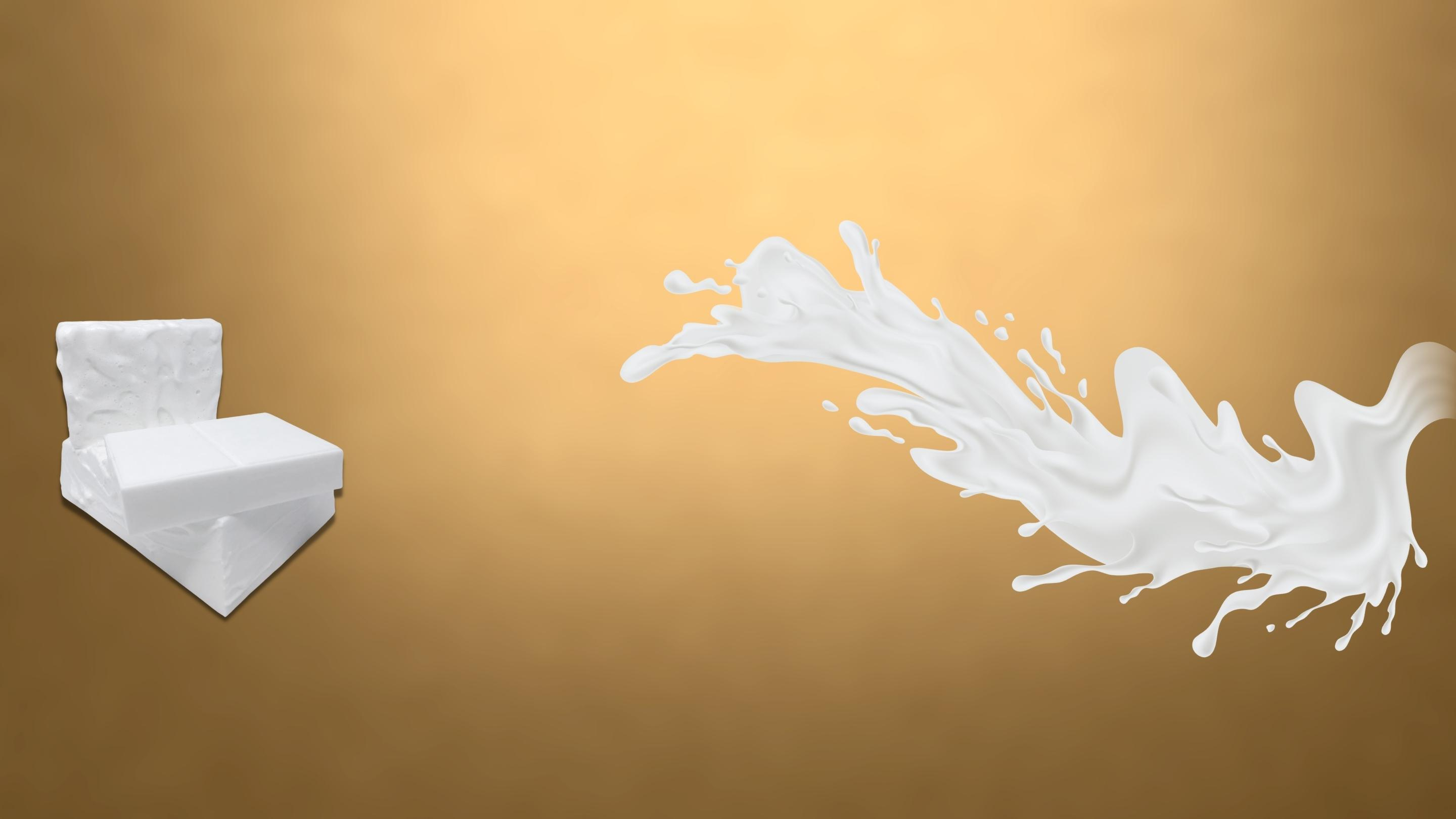
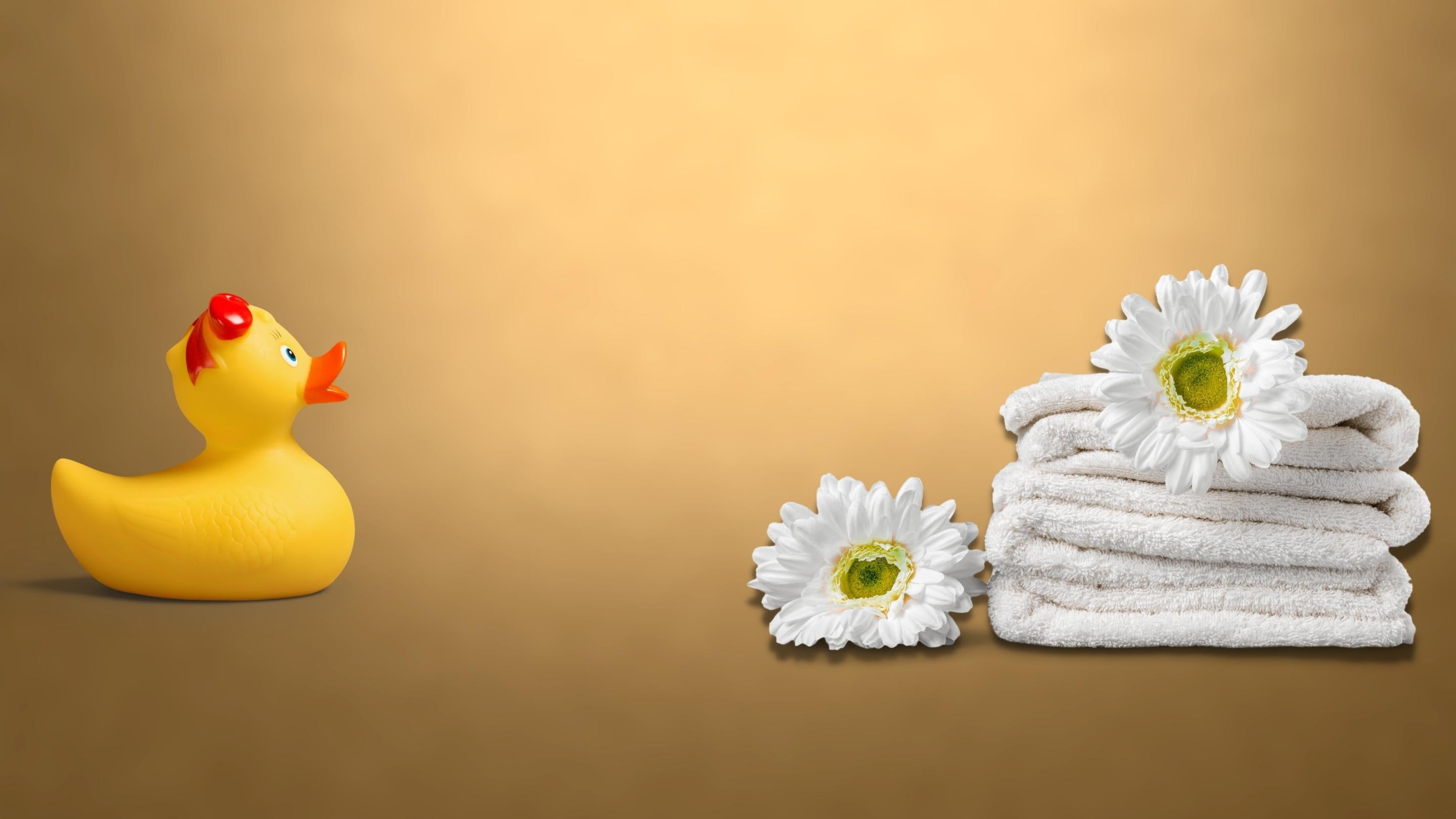





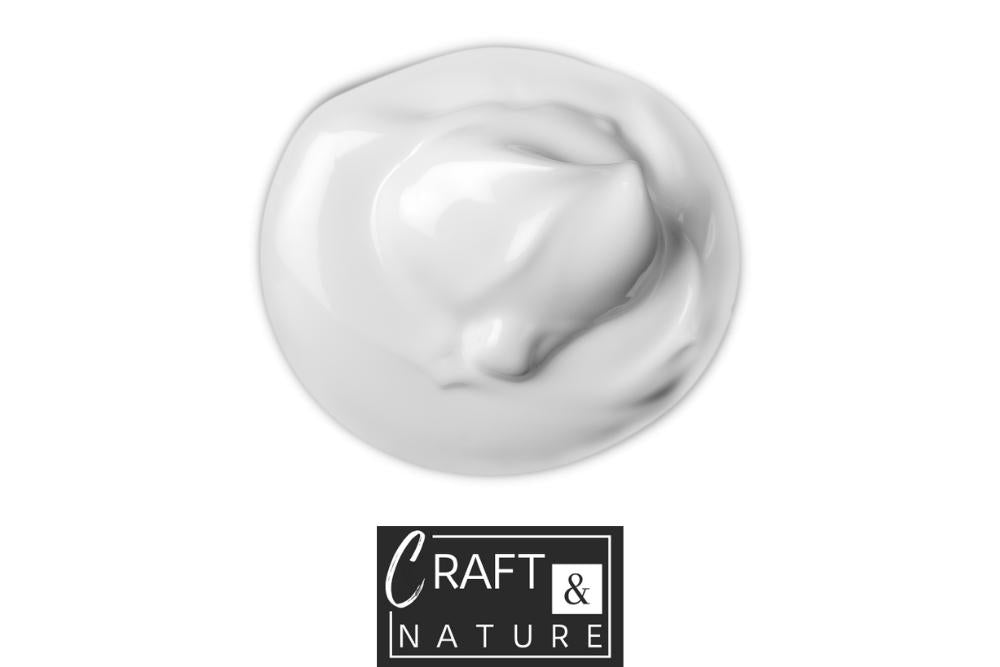
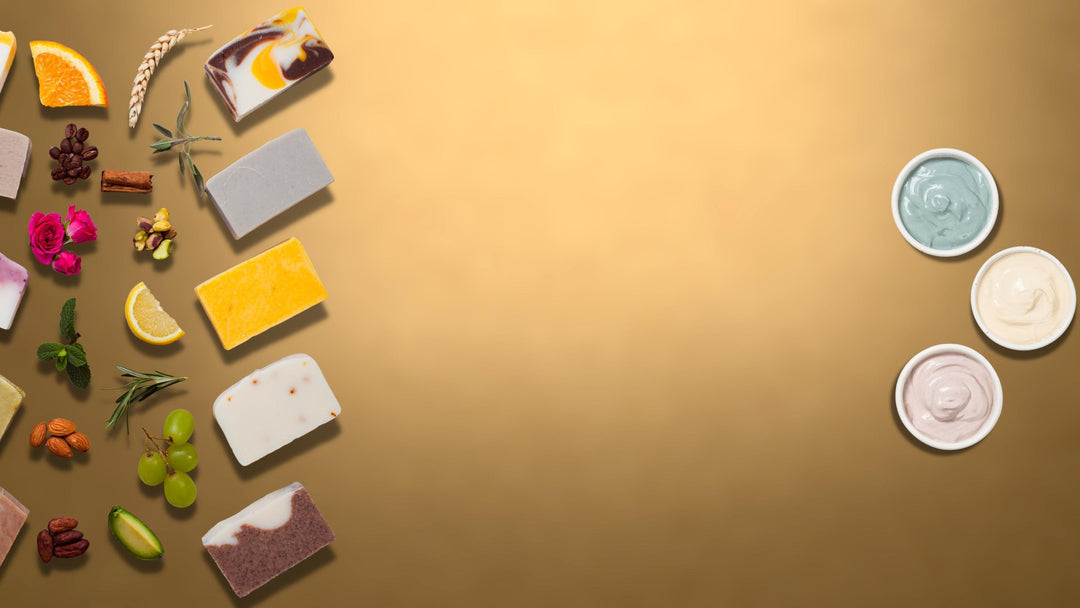
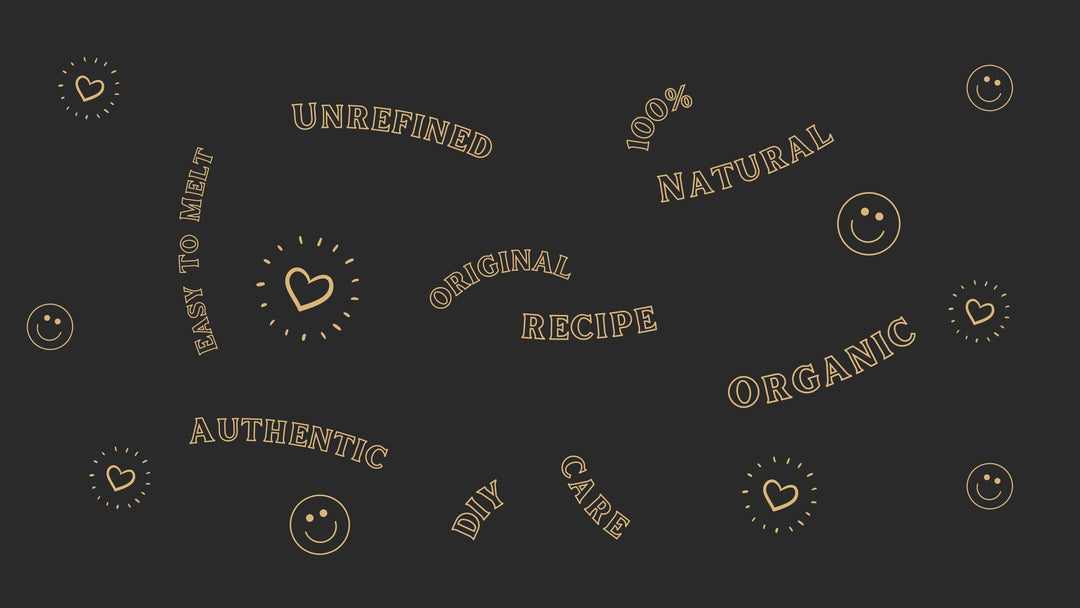
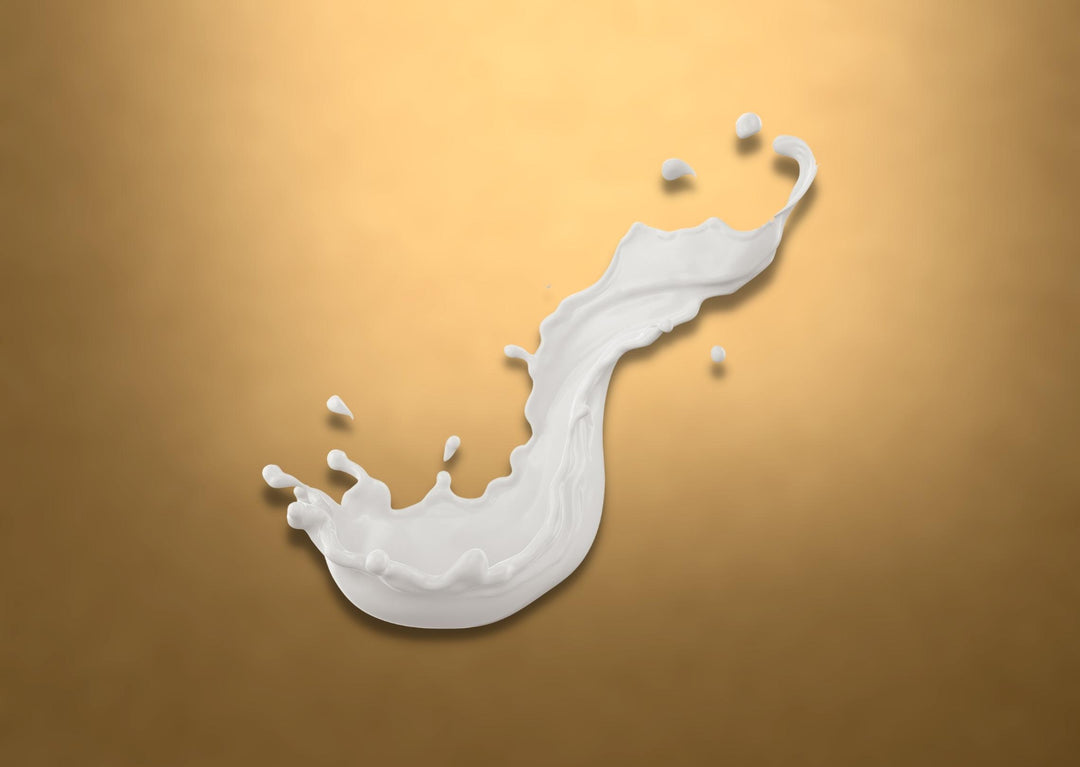
Leave a comment